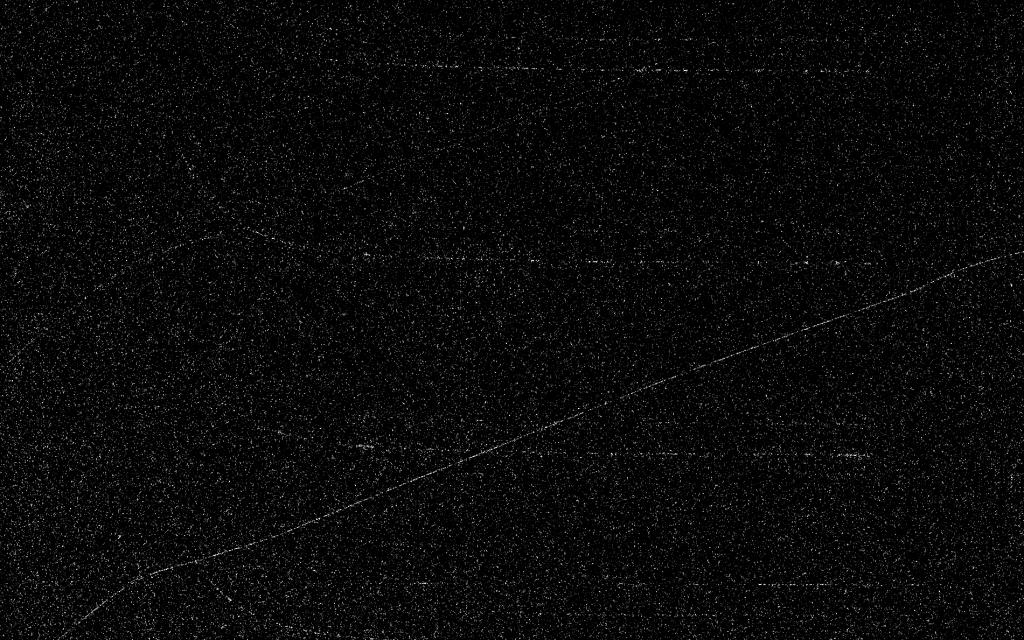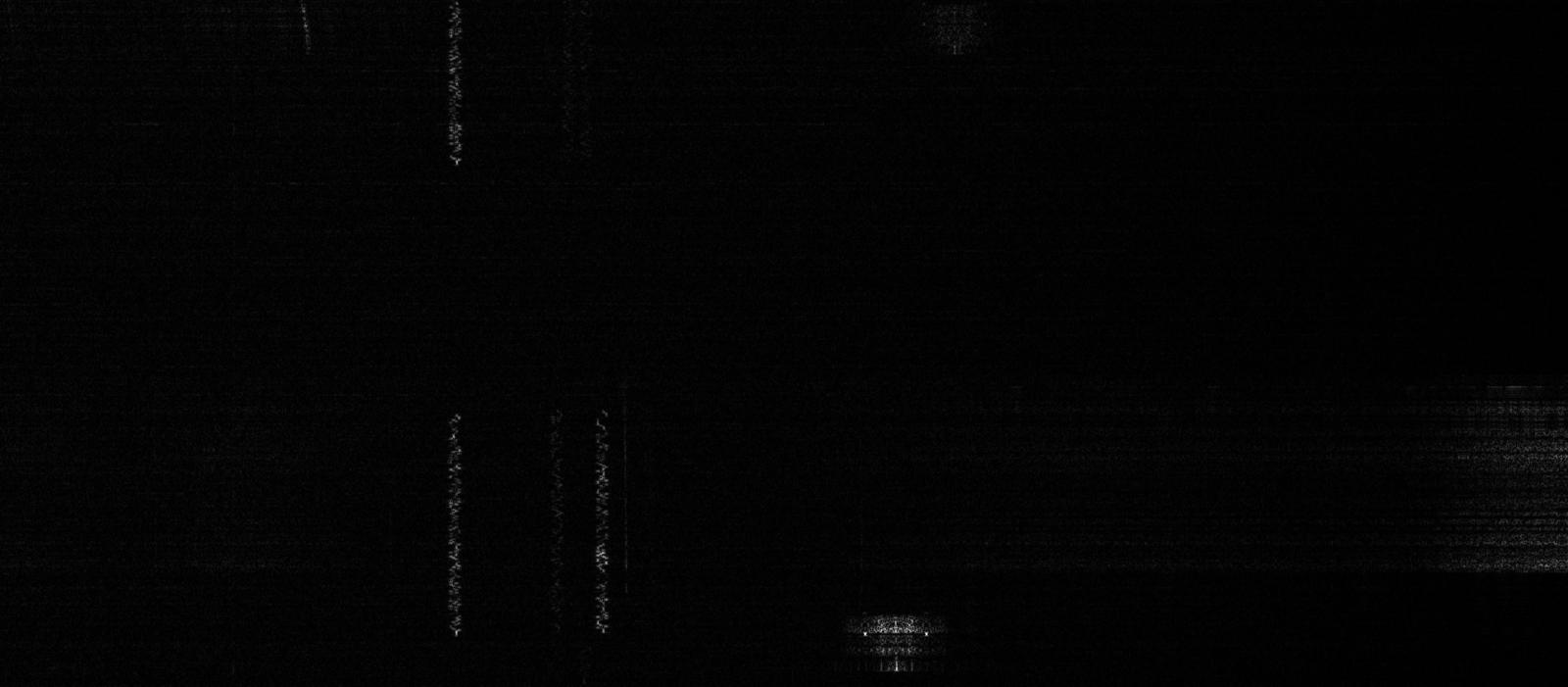My cat woke me up before 6:00AM this morning to remind me that today was the Apple 3G iPhone release date. Buying a new phone isn’t in the cards right now, but I suspected that there might be the 2.0 firmware update for my old phone. Sure enough, I powered up the laptop and got a notice that there was a new 7.7 iTunes update. Downloaded it, installed it, plugged in my iphone, check for updates, and…
Nuthin. Still 1.1.4.
Hmmph. Shutdown iTunes, restarted it. Checked for updates.
Eureka! 2.0 currently downloading, 218Mb.
I’ll let you know how it goes.
Addendum: All the cycling of “backup, installing, verifying”, seemed to go reasonably smoothly. Now my phone is in a state where it seems to need to talk to iTunes, and the iTunes needs to talk to the iTunes store, but it’s just not connecting. I’m guessing their servers for unlocking are currently completely swamped because of the 3G release. I’m trying to be patient.
Addendum2: Frown. Now my phone is in the mode where it can apparently make emergency calls, but it is requesting to be connected to iTunes. When I do so, I get this:

I suspect this magic error code is just that it’s activation servers are overloaded, but I’m not very happy.
Addendum3: It appears that my surmise was correct. Going to Apple’s support forums:
Forum about bricked iPhones..
Confirms that lots of people are having this magic “-9838” issue, and that Apple has confirmed that it was for inadequate bandwidth on their end. Sigh. I’m gonna go take a shower.
Addendum4: Word of the day:
iPocalypse
Apparently word is spreading that activations are just horribly slow. My own iPhone has gone from having that -9838 message, to just spinning endlessly, waiting for the iTunes store. As Henry Jones would say, “Our situation has not improved!”
Addendum5: Around noon (after about six hours), my iPhone finally phoned home and I know have a working iPhone again. More later.



